The “Octopus Doctrine” was conceptualized during Naftali Bennett’s tenure as defense minister of Israel in 2018. This doctrine explains Iran’s regional influence through the metaphor of an octopus: Iran represents the head, while its proxy groups are its tentacles. Bennett stated: “Iranians do not like dying, but they can easily send others to their deaths. The octopus’s head remains untouched while we fight the tentacles with bloodshed.” The core idea was to target the central command instead of merely dealing with its proxies. Following this strategy, Israel has increased its influence inside Iran while simultaneously dismantling Iran’s regional network.
This strategy consists of two components. The first involves attacks targeting Iran’s logistical and operational support structures and connecting them with its proxies. Weakening these connections compromises Iran’s regional operations. The second component consists of high-profile activities inside Iran aimed at escalating internal security concerns and causing psychological destabilization. This strategy induces managerial paranoia, paralyzing decision-making and draining the regime’s energy by forcing it to focus on internal security threats.
One blow after another
The assassination of Iranian military officer Qasem Soleimani was a critical blow to the connection between the head and the tentacles. The killing of Iranian nuclear physicist Mohsen Fakhrizadeh falls into the second category due to its method and target. Additionally, the abduction of Yadollah Khedmati, deputy to Brig. Gen. Ali Asghar Nowrouzi, an Islamic Revolutionary Guard Corps (IRGC) logistics commander, by Mossad inside Iran, fits within both categories.
Between 2020 and 2024, Israel systematically bombed multiple facilities, assassinated high-ranking commanders and was linked to the suspicious deaths of numerous Iranian officers, along with various acts of sabotage inside Iran. Social unrest, such as the Mahsa Amini protests, further deepened Iran’s internal security anxieties.
Israel’s primary strategy has been to push Iran inward, diverting its focus away from regional influence. After the Oct. 7 attacks, the Iranian government and media displayed confidence, with headlines focused on the Axis of Resistance. However, the death of former Iranian President Ebrahim Raisi became a turning point. Although officially deemed an accident, his death reignited debates on factional conflicts, hostile intelligence operations and technological deficiencies within Iran. This incident marked a significant shift in Iran’s power dynamics, triggering changes in both internal and regional policies.
Iran moved swiftly through the electoral process, installing Masoud Pezeshkian as president through electoral engineering. However, Israel made another move during Pezeshkian’s inauguration by assassinating the head of Hamas, Ismail Haniyeh, in plain sight of the entire world. The ability to eliminate a VIP figure so openly exposed severe cracks in Iran’s internal security.
Following this, Iranian security elites shifted their focus from external operations to fortifying Tehran’s security corridors, leading to a radical change in Iran’s rhetoric and policies. Iran addressed economic struggles and social problems, which had become security concerns. Additionally, rising security threats led Iran to seek protection under international norms and legal frameworks. This was evident when Javad Zarif, previously politically sidelined, was brought back as the vice president while Iran adopted more flexible diplomatic policies.
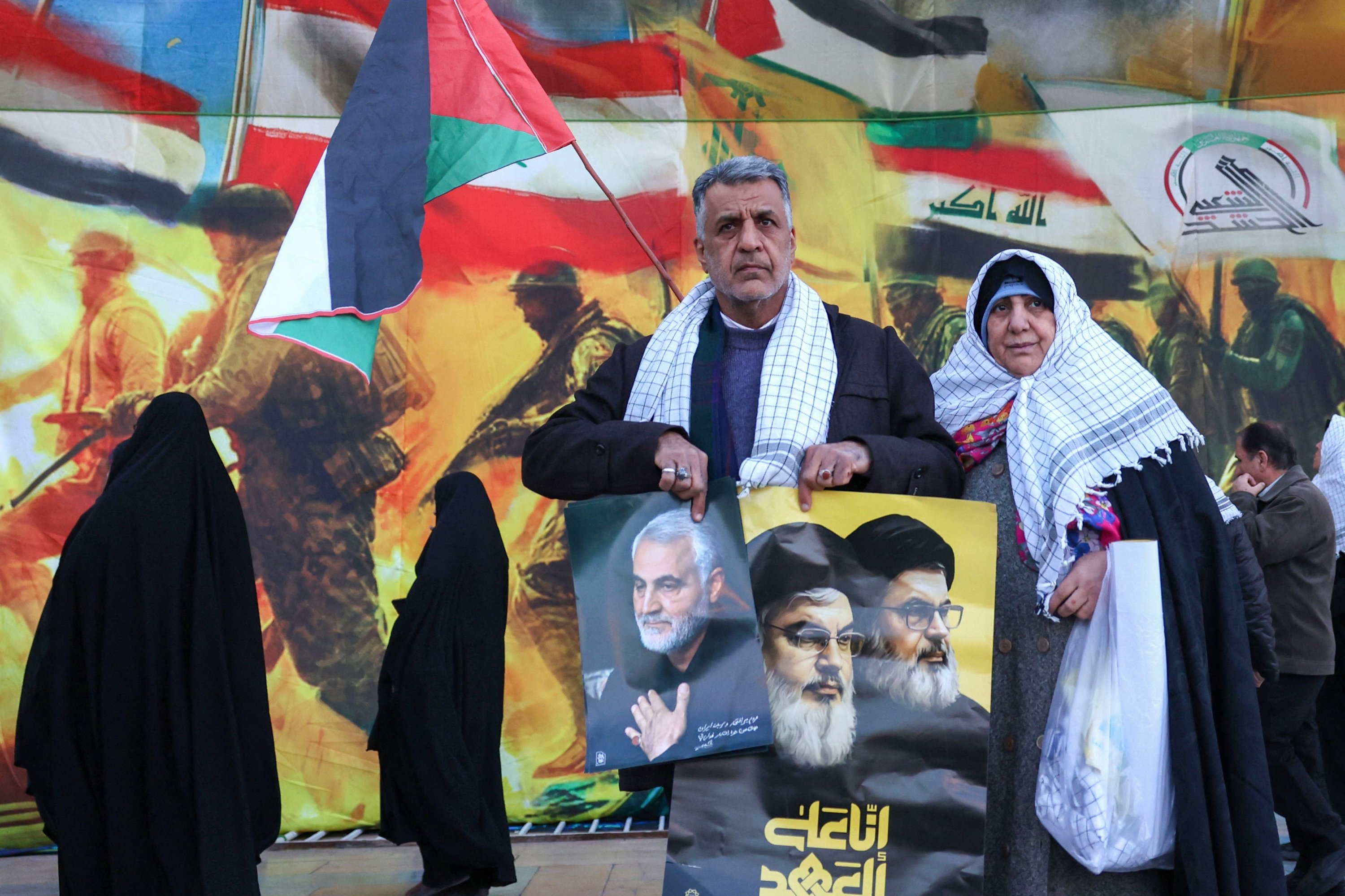
Oct. 7 as Israel’s leverage
Iran has not entirely abandoned its Forward Defense concept. However, Tehran was forced to prioritize internal threats over regional proxy operations. Looking at the overall process, it can be seen that the Israelis calculated the developments after Oct. 7 down to the finest detail. The assassination of another military officer, Razi Mousavi, initiated a fresh wave of attacks on Iran’s regional connections. In January, Israel killed Sadegh Omidzadeh, the head of the Quds Force intelligence unit in Syria. Around the same time, on the anniversary of Soleimani’s death, a terrorist attack in Kerman reignited Iran’s domestic security concerns.
The activities in question evolved in another direction after April. When Israeli authorities struck the Iranian diplomatic mission in Damascus in April, they had, of course, calculated that an attack was being carried out against Iranian territory and anticipated Iran’s reactions. Iran’s response had no aspect that would affect the flow of Israel’s strategic plans.
The culmination of these exchanges was the crash of the helicopter carrying Ibrahim Raisi and his delegation. Raisi’s death came amid increasing tensions between Iran and Syria. The Syrian government had been distancing itself from Iran, and even within the Iranian press, discomfort with the regime leader Bashar Assad’s policies was noticeable. Unlike other resistance leaders who attended Raisi’s funeral, Assad did not participate and instead visited Tehran 11 days later.
On July 31, the assassination of Haniyeh pushed the situation into a new phase. It became undeniably clear that Iran had a serious security vulnerability, as Israel was able to operate freely in Tehran. From this point on, news related to Iran’s internal issues increased, while regional matters took a backseat.
By September, Israel concentrated on its northern front, escalating operations against Lebanon. This tension peaked with the pager attacks and the assassination of the leader of Hezbollah, Hassan Nasrallah, followed by an Israeli ground operation. Observers noted that an invasion of Lebanon was expected by early October, coinciding with Rosh Hashanah, Sukkot and Yom Kippur, when Israel’s public life slows down. Meanwhile, Iran, too preoccupied with domestic problems, could do little beyond sending militia reinforcements. It failed to protect the leaders and groups it had long supported, damaging its credibility.
In two months, Israel had largely completed its Lebanon operation. Meanwhile, opposition groups, long preparing for an offensive on Aleppo against the regime’s pressure, launched their attack. Iran was aware of these preparations but could do little beyond issuing public warnings. Already struggling with Assad, Iran failed to maintain its influence in Syria, losing a crucial pillar of its proxy strategy. Tehran blamed Israel for the Aleppo offensive, yet Israeli policymakers were debating whether hosting radical groups on its borders posed a security risk. Meanwhile, Israel expanded its operations in Syria, launching intense strikes to dismantle Assad’s remaining military infrastructure. Despite Iranian accusations, the opposition’s anti-Iran stance stems not from a partnership with Israel but from Iran’s past interventions in the Syrian civil war.
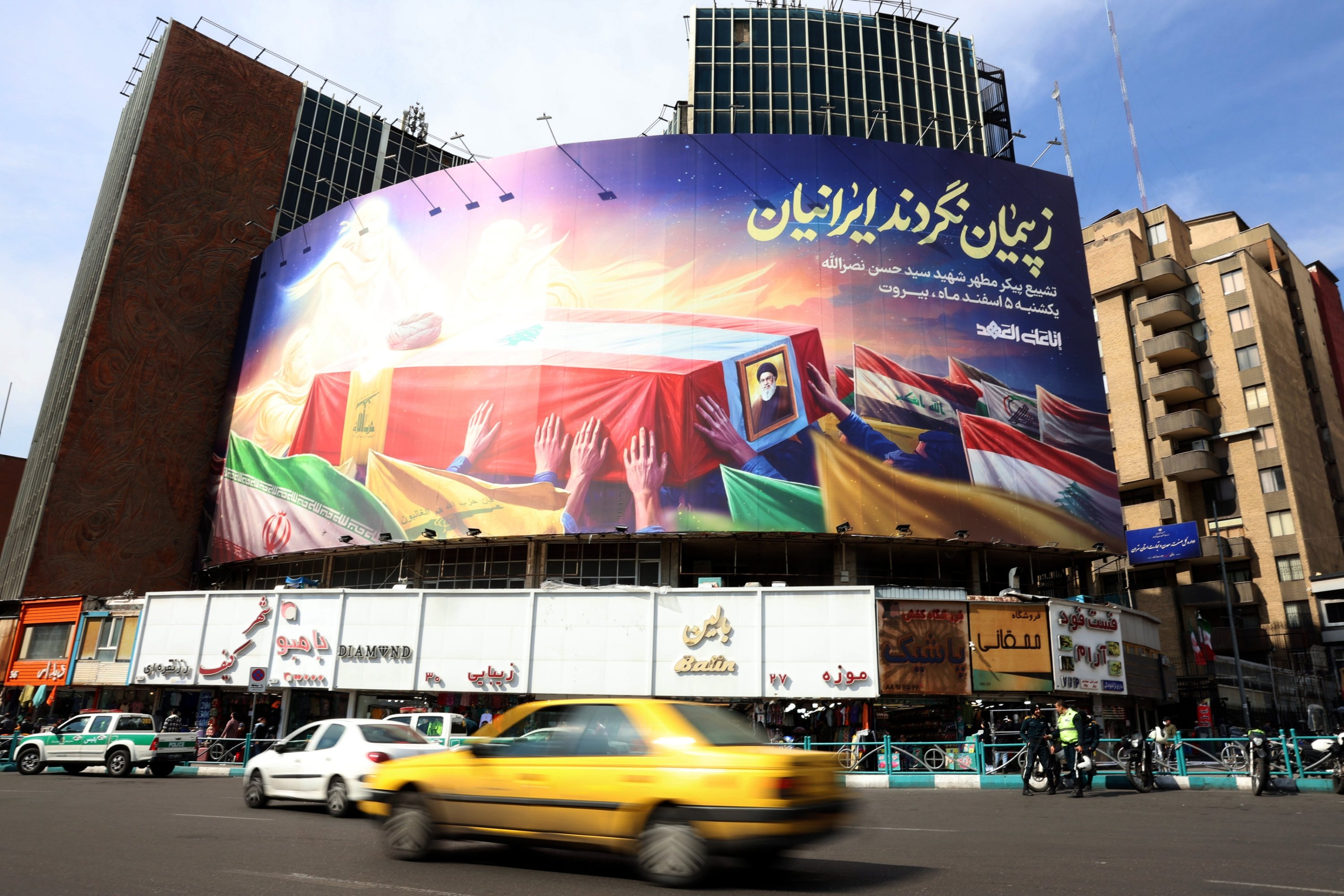
Are there any arms left?
The “Octopus Doctrine” has reached its intended outcome. Iran’s inability to play an active role in Gaza, Lebanon and Syria, as well as its weak responses to all of Israel’s attacks, has shaken the confidence of regional proxies in Iran. The strategy of targeting the head instead of the tentacles has altered Iran’s regional posture, forcing Tehran to prioritize internal security over its external operations. Tehran is now forced to focus on internal security challenges rather than projecting power through its proxies. Today, despite all its diplomatic efforts, Iran is concerned that Israel poses an imminent threat and that it may be attacked if conditions permit. While Iran continues to offer concessions in negotiations, its military and the Islamic Revolutionary Guard Corps (IRGC) conduct frequent drills, preparing for potential scenarios.
Meanwhile, despite internal divisions and intelligence leaks, Israel appears determined to press forward. The appointment of Eyal Zamir as Israel Defense Forces (IDF) chief of staff signals this resolve. Israeli Prime Minister Benjamin Netanyahu seems intent on securing a historical legacy through decisive action against Iran.
In summary, if the whole process is read from the Israeli perspective, independent of U.S. President Donald Trump’s influence, it seems quite likely that Iran will first be attacked with covert intelligence activities, as in the Lebanon example, followed by air attacks. Indeed, information reflected in open sources is also in this direction. Israel’s efforts not only aim to end proxy forces but also Iran’s nuclear capacity, which Israel sees as an existential threat. However, the instability that this scenario will bring to the region is evident. Additionally, it does not seem possible to end Iran’s nuclear capacity in a day, especially since Iran has divided all its power into parts within the scope of the mosaic defense concept.

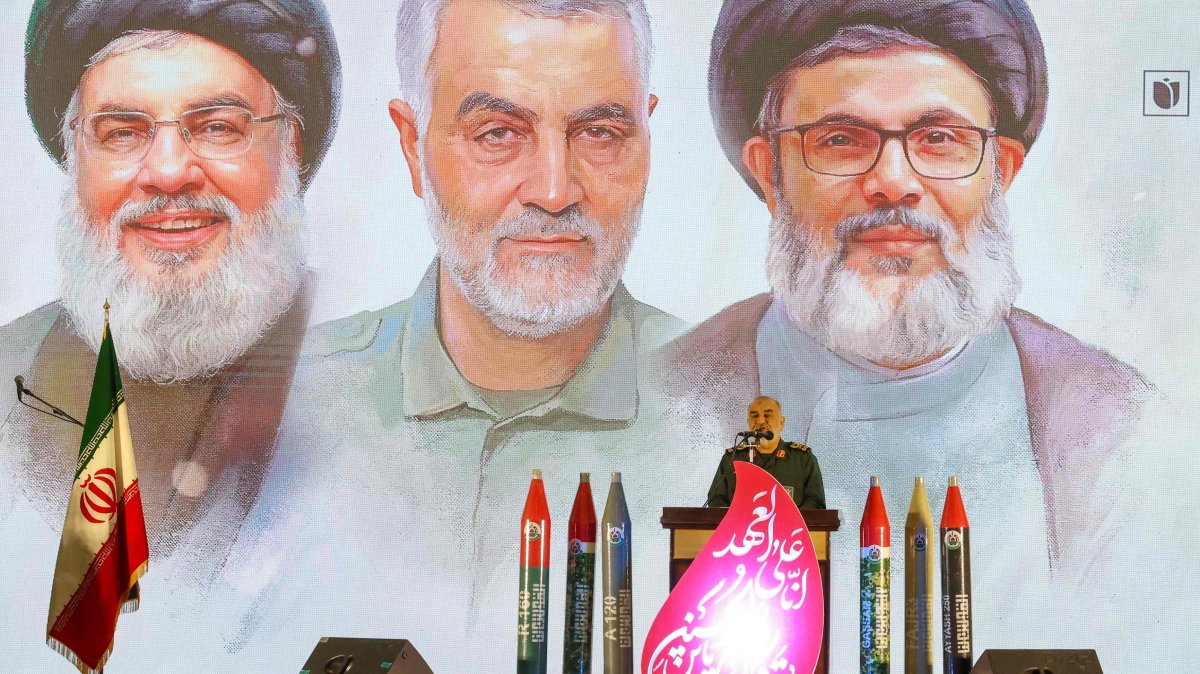
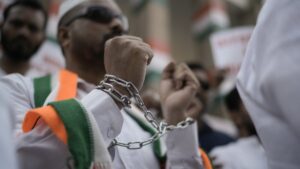

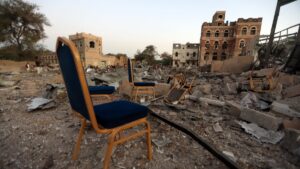

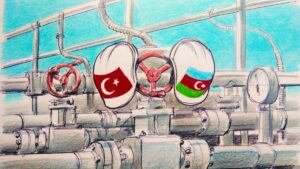

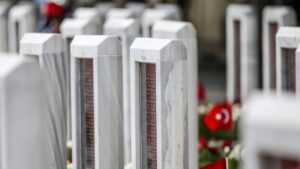



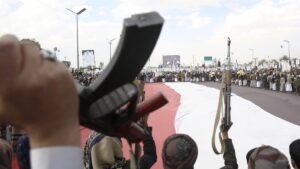

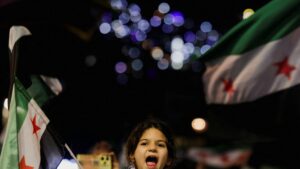





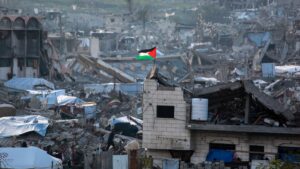
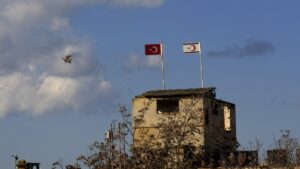





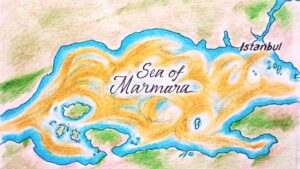


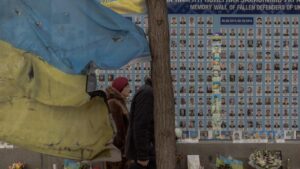




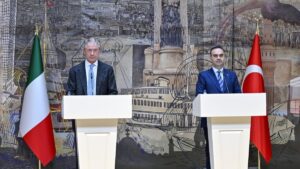




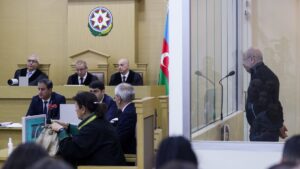

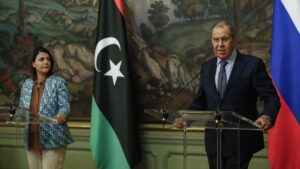
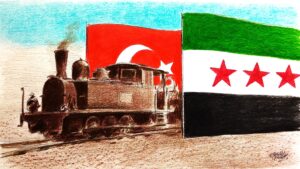
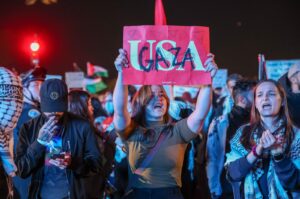



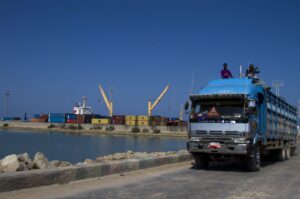



Be First to Comment